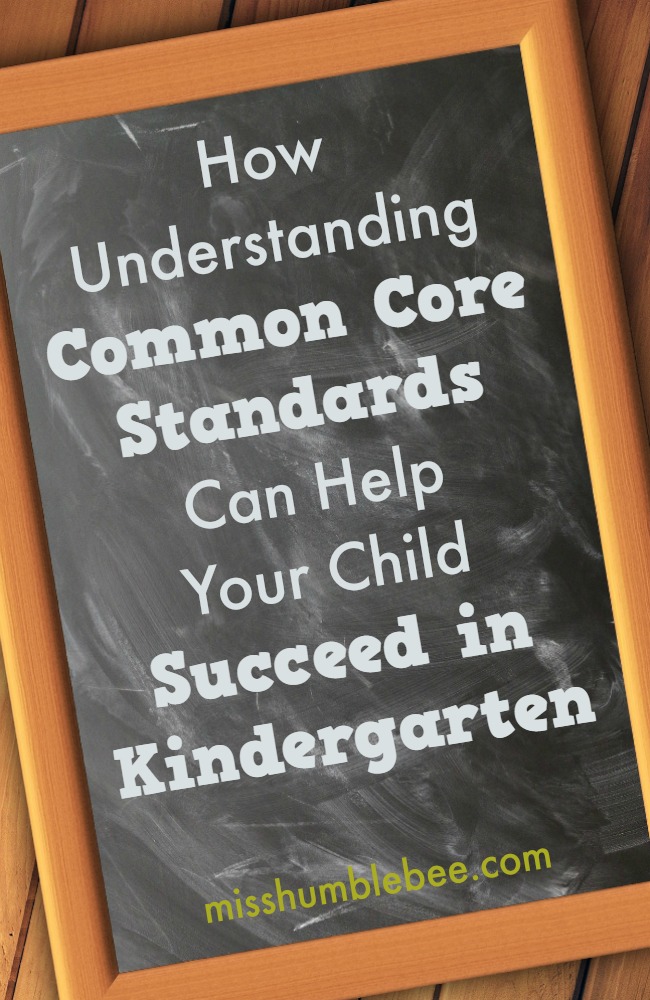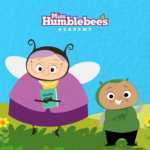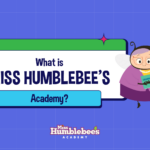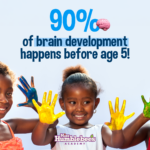Whether homeschooling a child or simply making an effort to ensure that children are being suitably challenged in class, it is vital to learn and understand what children in each grade are expected to know.
Similarly, knowing what your child will be expected to learn in kindergarten gives you valuable information about whether your child is developmentally ready for kindergarten, as well as how you can help them prepare for school.
Kindergarten curriculum, for example, is primarily defined by the Common Core Standards. These are the standards for learning that most states use to ensure that all students are achieving an acceptable level of academic competency.

The Common Core Standards focus on Math, and Language and Literature.
Let’s first focus on the Math portion.
According to the Common Core Standards for kindergarten, more time should be spent on numbers at this stage of learning than anything else.
Students first need to be able to identify numbers and count. The first several weeks of learning are often spent helping children with basic counting and number recognition skills.
Common Core Standards in math also focus on ensuring that children can identify shapes, patterns, and sequences. Some children have a difficult time recognizing and repeating patterns, so the more time that can be spent teaching this prior to entering the kindergarten classroom, the better.
With the help of math, young children can begin to describe the physical world using geometric terms and concepts. At the end of the school year, these students should be able to identify a variety of geometric shapes in various sizes and different orientations. Among these are circles, squares, rectangles, triangles, diamonds, octagons, and pentagons.
Common Core Standards also define the learning requirements for English and Language Arts.
Children focus on letter sounds, letter recognition and the formation of basic words. At the beginning of the kindergarten year, they will be using their letter recognition skills to read short words and sentences. They will then progress to writing words and sentences on their own with end-of-year testing focusing on reading speed and reading comprehension.
Technology in Education
Tablets and other forms of technology are becoming increasingly prevalent in kindergarten classrooms. A study performed by the City of Auburn Maine showed that tablet use in the classroom could have a marked and profound impact on test scores and reading abilities. This research showed a marked improvement during literacy assessments when these tools were used.
Parents and teachers should note, however, that there must be a strategic effort to balance screen time with other learning and recreational activities, both in-class and at home. Research performed by the Official Journal of the American Academy of Pediatrics recommends keeping in-class screen time limited to just 30 minutes.
Screen time at home should be diligently moderated as well in order to foster optimal brain development and allow sufficient time for physical activity. In addition, this report recommends at least one full hour cumulatively of outside, active play each school day.
It is important to note that some states have all rejected Common Core State Standards in an effort to retain control over their public schools. While these states do not receive federal funding as a result of this rejection, they do maintain some of the same standards in their individual curriculum.
Conclusion
By familiarizing themselves with what is expected of their child upon entering kindergarten, parents can take the necessary steps to help their preschool aged child be prepared for what is to come.
Through a balance of real world experiences, active play, and monitored screen time that aligns with Common Core Standards, such as Miss Humblebee’s Academy, your child will be prepared for a successful kindergarten experience.










